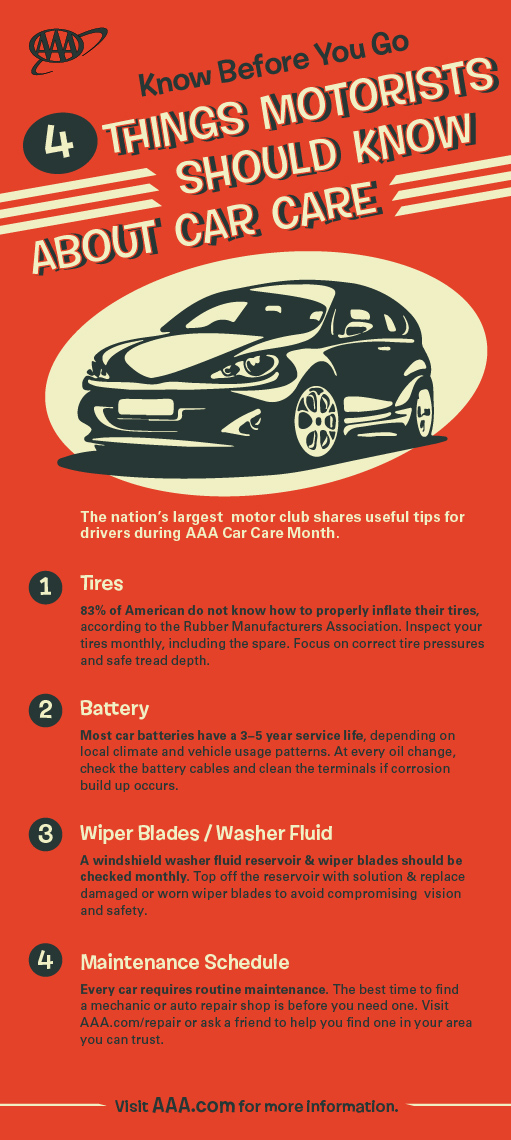Eager To Know What The Dashboard Caution Lights In Your Auto Indicate? Explore Their Meanings For The Wellness And Security Of Your Car
Eager To Know What The Dashboard Caution Lights In Your Auto Indicate? Explore Their Meanings For The Wellness And Security Of Your Car
Blog Article
Web Content Author-Boye Kejser
When you're behind the wheel, those glowing warning lights on your dashboard can be a little bit bewildering. Do you know what they're attempting to tell you about your vehicle's wellness? Recognizing the importance of these lights is essential for your safety and the longevity of your automobile. So, the following time among those lights appears, would not you want to decode its message accurately and take the required steps to resolve it?
Common Caution Lights and Interpretations
Recognize usual warning lights in your automobile and recognize their definitions to make sure risk-free driving.
The most normal warning lights consist of the check engine light, which signifies problems with the engine or discharges system. If this light begins, it's critical to have your car examined quickly.
The oil stress alerting light shows reduced oil stress, calling for prompt focus to avoid engine damages.
A flashing battery light might suggest a defective charging system, possibly leaving you stranded if not addressed.
The tire pressure surveillance system (TPMS) light notifies you to low tire stress, influencing lorry security and gas effectiveness. Ignoring this might cause dangerous driving conditions.
The ABS light suggests a problem with the anti-lock stopping system, jeopardizing your capacity to quit quickly in emergencies.
Last but not least, the coolant temperature cautioning light warns of engine overheating, which can result in severe damages otherwise solved swiftly.
Understanding these typical caution lights will certainly aid you address concerns immediately and keep secure driving problems.
Relevance of Prompt Interest
Comprehending the usual warning lights in your vehicle is just the primary step; the importance of promptly resolving these cautions can't be highlighted enough to ensure your safety and security when driving.
When https://www.mckinsey.com/industries/automotive-and-assembly/our-insights/a-turning-point-for-us-auto-dealers-the-unstoppable-electric-car illuminates on your dashboard, it's your auto's method of communicating a potential problem that requires interest. Disregarding these cautions can lead to a lot more severe troubles down the road, compromising your safety and potentially costing you a lot more in repairs.
Motivate focus to cautioning lights can protect against break downs and crashes. As an example, a flashing check engine light might indicate a misfire that, if left neglected, might create damages to the catalytic converter. Addressing this immediately can conserve you from a costly repair work.
Likewise, a brake system advising light may signal low brake liquid or worn brake pads, vital components for your security when driving.
Do It Yourself Troubleshooting Tips
If you notice a warning light on your dashboard, there are a couple of do it yourself troubleshooting ideas you can try before seeking specialist assistance.
The first step is to consult your vehicle's guidebook to understand what the specific caution light shows. Sometimes the issue can be as basic as a loosened gas cap setting off the check engine light. Tightening https://connerqgxnc.jaiblogs.com/58221829/dental-braces-yourself-for-a-mind-blowing-expedition-of-automobile-fixing-featuring-unforeseen-findings-that-will-change-your-understanding-you-won-t-believe-what-you-have-actually-been-losing-out-on may settle the trouble.
One more common problem is a low battery, which can cause numerous warning lights. Checking the battery connections for corrosion and guaranteeing they're protected may fix the issue.
If a warning light persists, you can try resetting it by disconnecting the vehicle's battery for a couple of minutes and after that reconnecting it. In addition, examining your vehicle's liquid levels, such as oil, coolant, and brake liquid, can help fix advising lights associated with these systems.
Final thought
Finally, comprehending your car's warning lights is necessary for maintaining your vehicle running smoothly and securely. By quickly resolving these informs and recognizing what they imply, you can prevent expensive repairs and possible breakdowns.
Bear in mind to consult your auto's manual for specific information on each warning light and do something about it accordingly to ensure a hassle-free driving experience.
Stay notified, remain safe when traveling!
